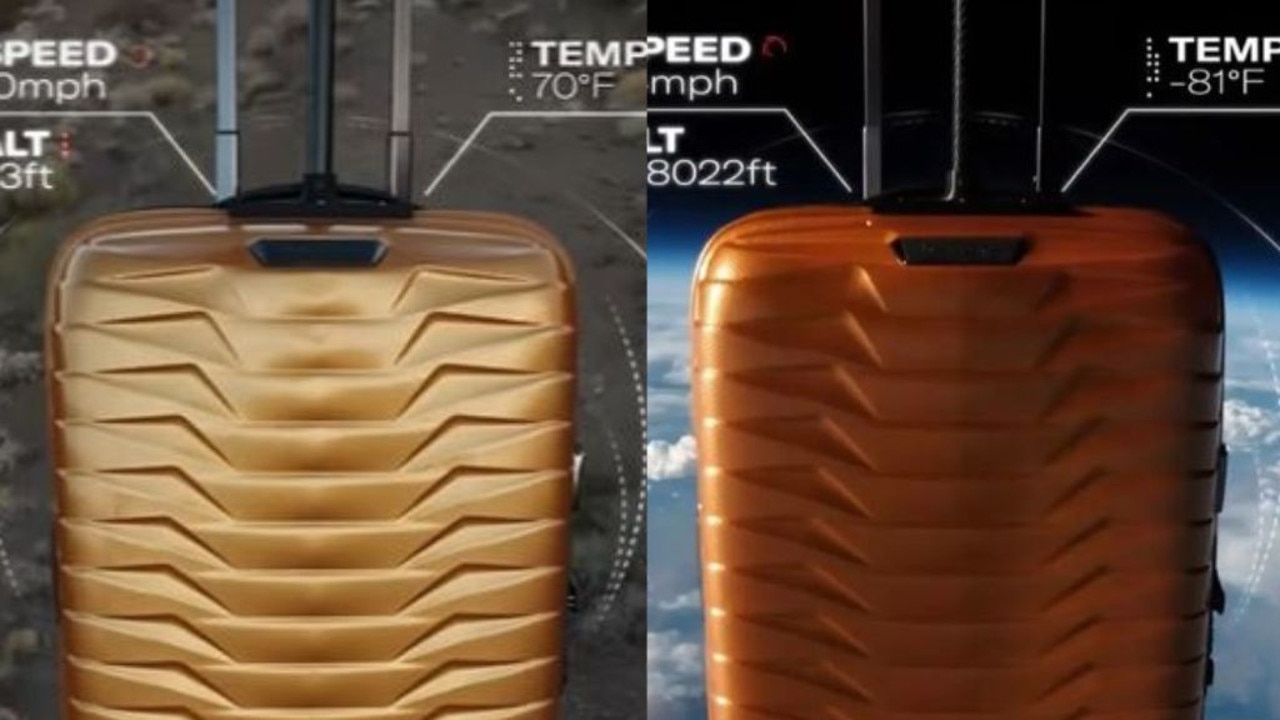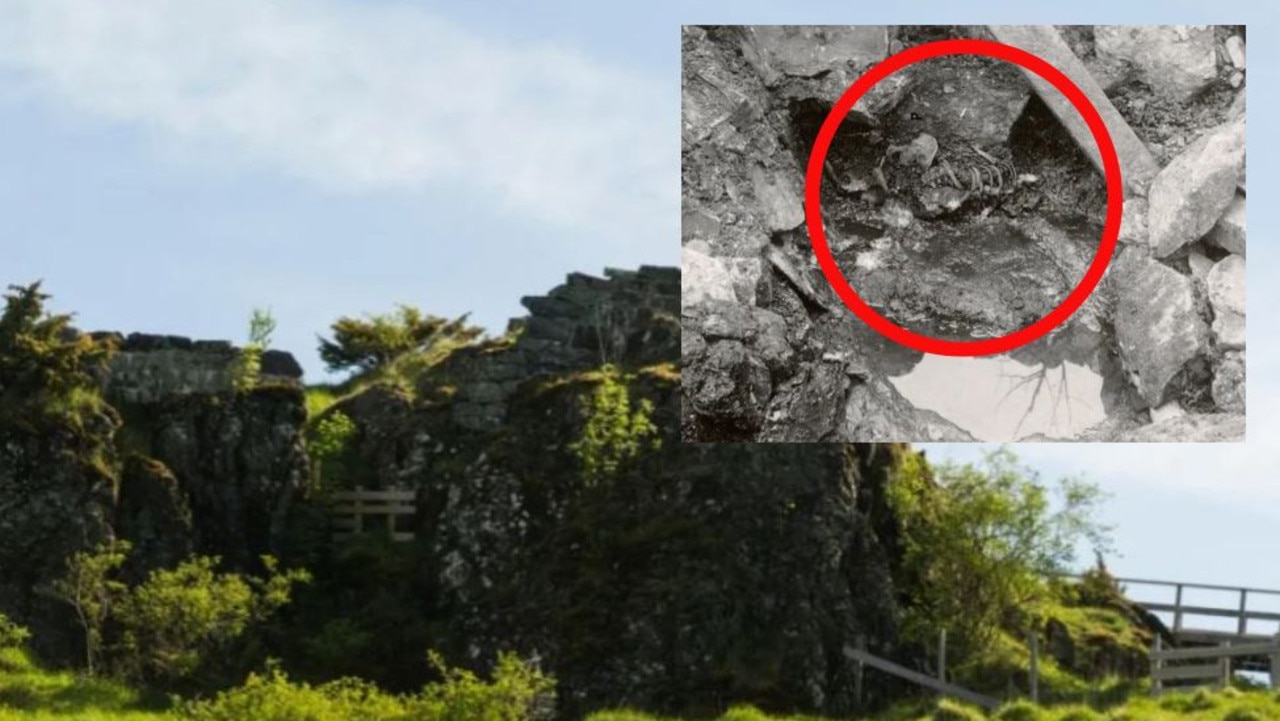Stunning waterholes in Australia’s Top End you have to visit
It might just be Australia’s best kept secret — the most beautiful body of water I’ve ever swum in and not a soul in sight.
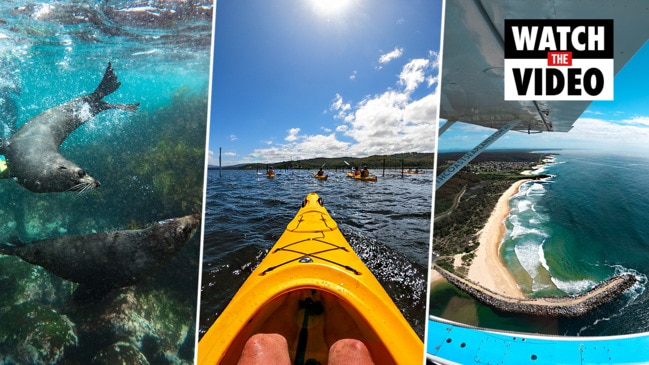
It might just be Australia’s best kept secret — the most beautiful body of water I’ve ever swum in and not a soul in sight.
Australia is renowned for its breathtaking beaches but what about its hidden water holes?
Just a few hours outside of Darwin are several pristine swimming spots with cascading waterfalls and winking pools but the best part is that nobody seems to realise this.
Due to Darwin’s small population of just 139,000 people, coupled with the fact that the region is now in its shoulder season, these swimming holes can be mostly enjoyed without an influx of tourists and cringe-inducing influencers.
Although the Northern Territory is home to salt water crocodiles, it’s worth noting some of the Top End’s water holes are deemed safe to swim in at certain times of year as long you follow signage and advice from tour guides and local rangers.
There’s three water falls and pools at Litchfield National Park, just a 1.5 hour drive southwest of Darwin, that are a must-see if you’re nearby.
The Tiwi Islands, a 2.5 hour ferry ride north, have one watering hole that was probably the standout of my trip.
Right now, in the midst of the Northern Territory’s tropical summer, after coming to the end of a long dry season, is the perfect time to check out the many water holes the area has to offer.
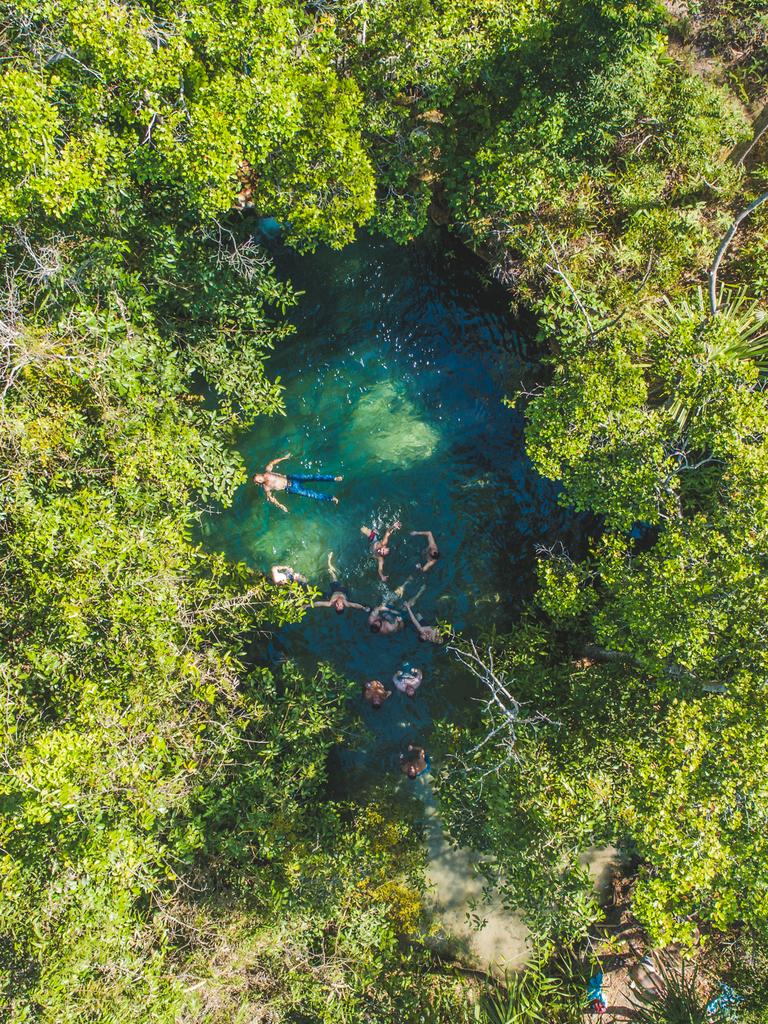
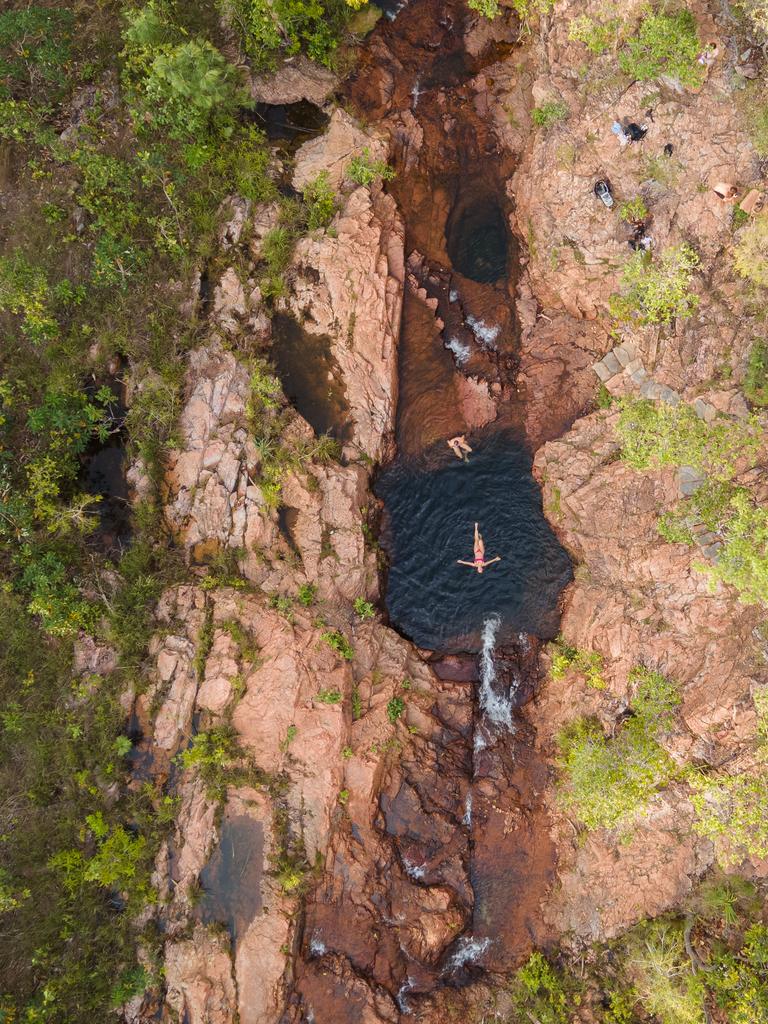
For those travelling on a budget, put Litchfield National Park at the top of your bucket list.
On a hot day, just as Sydneysiders might head out to Bondi or Manly, Darwinian locals jump in their cars and head out to the wild parkland, just an hour and a half away.
Although the park stretches for 1,500km, most of the main tourist attractions are close together and make it easy to go swimming hole hopping.
If you’re not hiring a car, your best bet is to go with a tour guide.
On a recent five-day trip to Darwin, our group checked out Wangi Falls, a vast expanse of water that was more akin to a lake than a hole in the ground.
With two waterfalls on either side, it was a good chance to get your lap swimming in without the annoyance of lanes and slow swimmers.

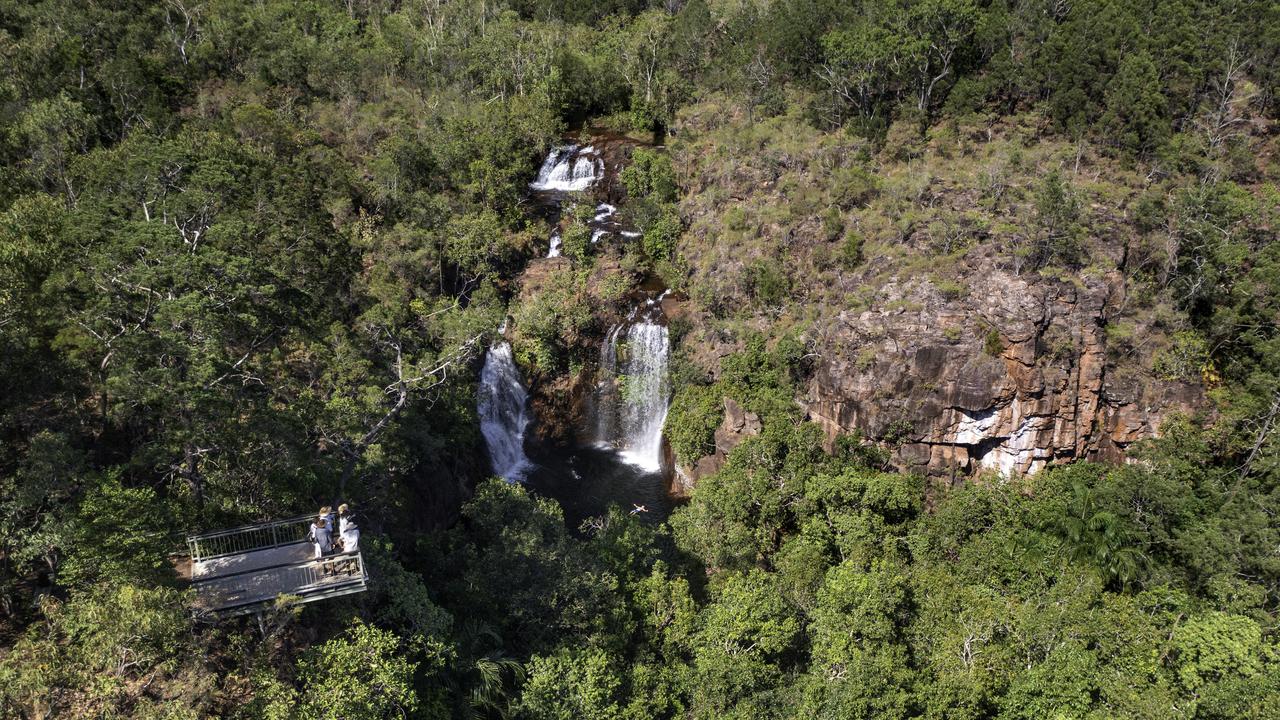
Two other water holes just a stone’s throw away from Wangi also impressed.
Florence Falls had a large waterfall which the tour guide insisted had a secret ledge hidden behind and also trees protecting the area, providing a nice array of shade.
Then there was Buley Rockhole, just a bit further along, with three levels, like nature’s very own infinity pool.


You’ve probably never heard of Ranku Waterhole and that’s the point.
Located in the Tiwi Islands, it’s ideal for travellers who enjoy those rare moments of discovering natural wonders that appear mostly untouched and unmarred by human contact.
So few have been to Ranku that I couldn’t find a single Instagram post about it. A crazy thought, I know.
Its remoteness might have something to do with that.
First, I hopped on a 2.5 hour ferry, then a 1.5 hour four-wheel drive journey, followed by a quick trip in a boat to a luxury, remote resort.
Finally, as the last stop, I was in a helicopter for 20 minutes. We touched down in a random patch of island vegetation and walked for a couple of minutes to discover the beauty of Ranku Waterhole.
There was no rubbish in sight, and a small bridge and rope was the only sign that humans had ever been there before us.
The water was lukewarm after hours of it spent warming up in the sun. After the long journey to get there, there was nothing nicer than immediately collapsing into the water hole.
More Coverage
Without the chopper, the only other way to get to Ranku was a 45-minute drive from the nearest Indigenous village.
When they said it was a private swimming experience, they weren’t kidding.
The reporter travelled to Darwin as a guest of NT Tourism



